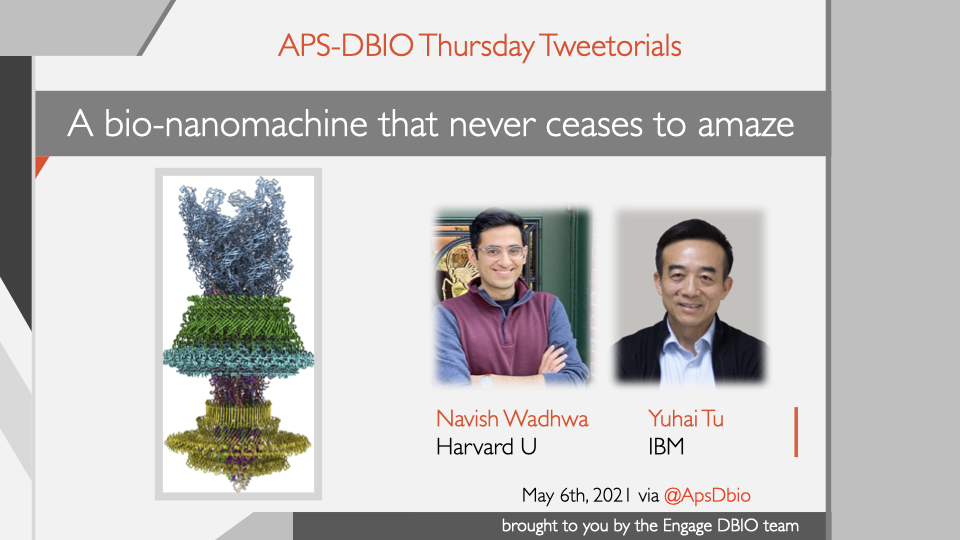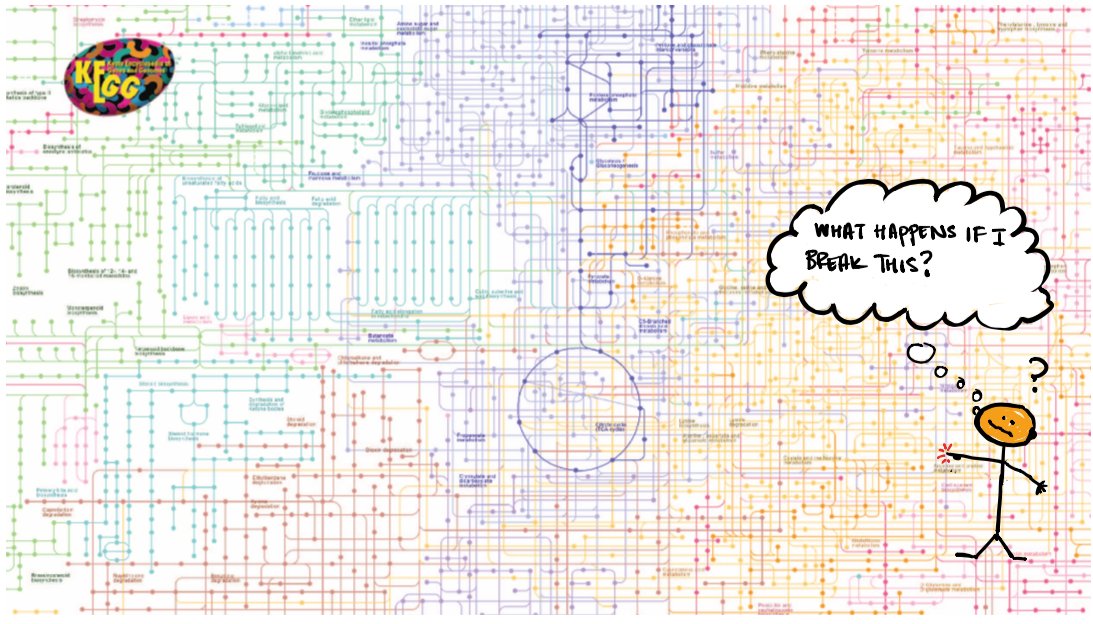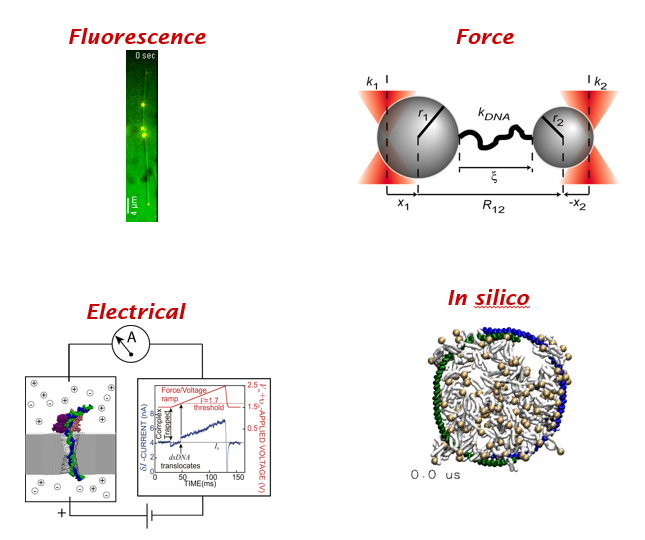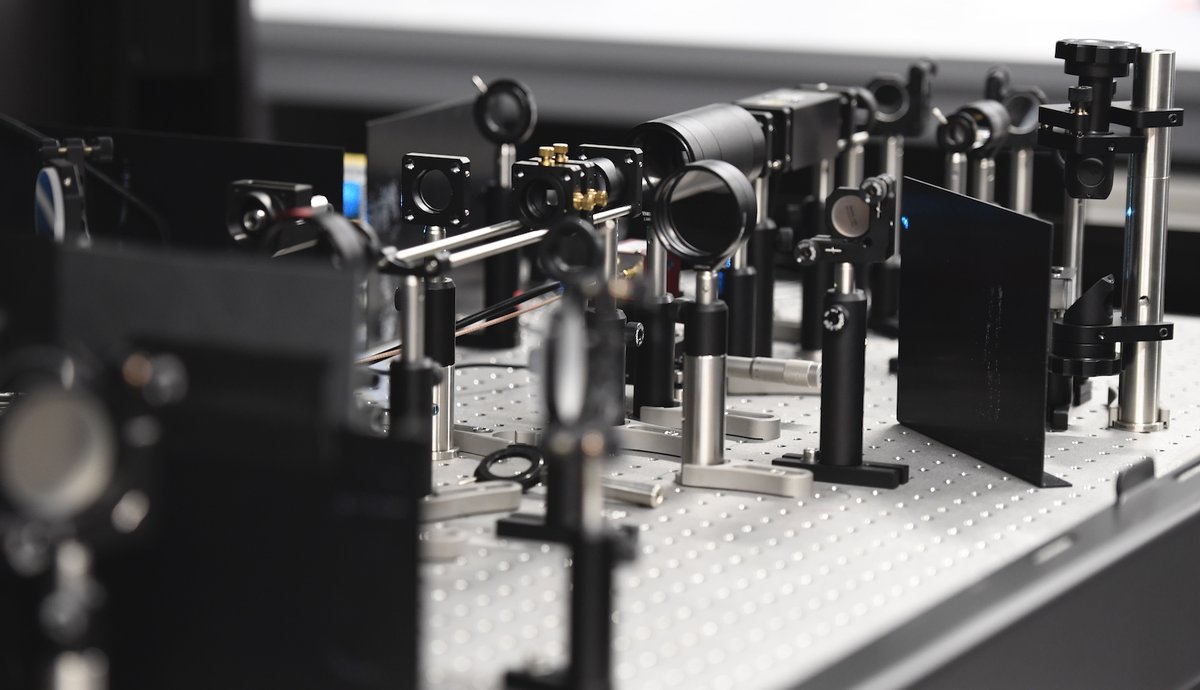
It's #DBIOtweetorial time! Your host, Wallace Marshall. Welcome to 10 Crazy Things Cells Do. We hope to get you thinking about the complexity of cells + challenges in learning physical principles that underly cell behavior. Let's get started!
#EngageDBIO #XtremeCellBiology.
#EngageDBIO #XtremeCellBiology.

Cells can be really big. Many cells are small, but some are gigantic. Each little "plant" in this picture is a single algal cell, Acetabularia, more than 10 cm long. What determines the size of cells? bmcbiol.biomedcentral.com/articles/10.11… 
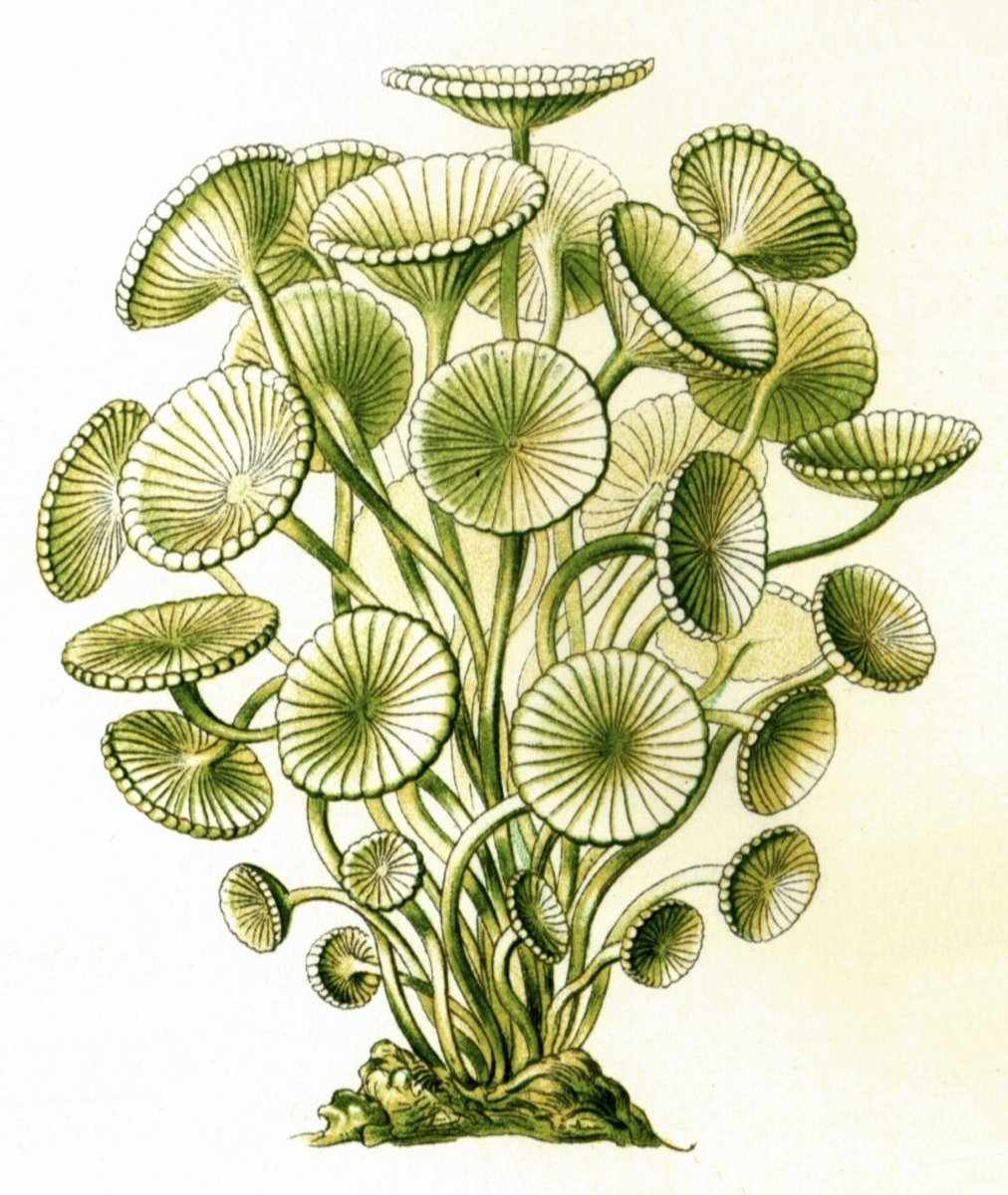
Cells can walk. You think of cells creeping along on a glass slide, but cells can move in more complex ways. @BEuplotes studies cells that can walk using 14 tiny feet. biorxiv.org/content/10.110… 
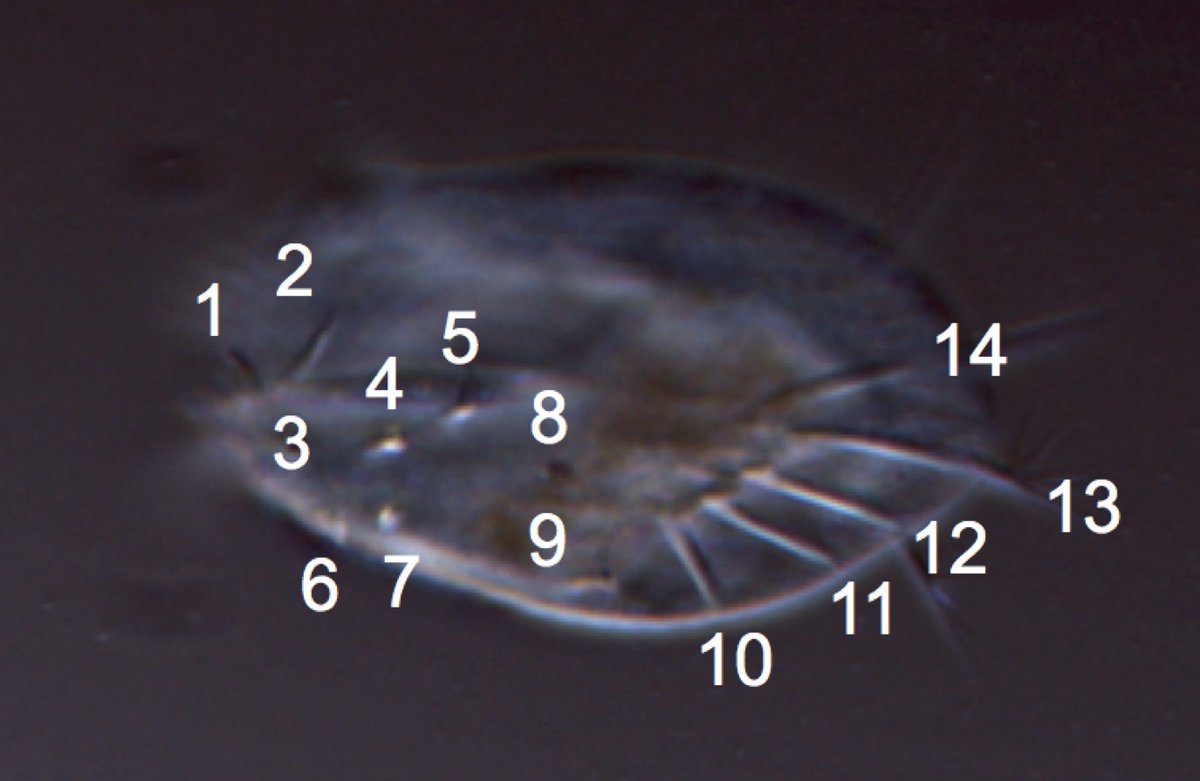
Cells can go left. Humans + other animals show clear left-right asymmetry. Arises from asymmetry of amino acids from which we are built. Molecular asymmetry of life --> when cells are put in uniform chemoattractant, they tend to polarize and move left. pnas.org/content/104/22… 

Cells can steal organelles from other cells. Some sea slugs can photosynthesize by stealing chloroplasts from other cells, and putting them inside their own cells, a behavior called kleptoplasty.
elifesciences.org/articles/64057
elifesciences.org/articles/64057

Cells can break into pieces. Under stress, some cells break into tiny pieces called cytoplasts or microplasts. Although missing all organelles, microplasts still move and even chemotax.
jlb.onlinelibrary.wiley.com/doi/epdf/10.10…
jlb.onlinelibrary.wiley.com/doi/epdf/10.10…

Cells can sense electricity. We think about cells following chemical signals or light, but electric fields? Yes! Galvanotaxis is important for cells to heal wounds in epithelia.
pubmed.ncbi.nlm.nih.gov/23541731/
pubmed.ncbi.nlm.nih.gov/23541731/

Cells can solve mazes. We know cells can make simple decisions, but the giant amoeba Physarum can solve computationally hard problems like finding the shortest path through a maze.
nature.com/articles/35035…
nature.com/articles/35035…

Cells can see. Many cells can sense light, but some predatory dinoflagellates have evolved camera-like eyes complete with lens. Can they see shapes, or maybe distance to a target?
pubmed.ncbi.nlm.nih.gov/25734540/
pubmed.ncbi.nlm.nih.gov/25734540/

Cells can explode. About the most extreme thing you can do is explode. Cells of the fungus Magnaporthe build a rigid wall, fill up with osmotically active molecules, and then explode like a bomb to punch a hole in plant cell walls.
plantcell.org/content/19/8/2…
plantcell.org/content/19/8/2…

Cells can eat your brain and control your mind. Toxoplasma is a protist that eats holes in your brain. Some have speculated it can change your personality, and not necessarily for the better.
pubmed.ncbi.nlm.nih.gov/31756184/
pubmed.ncbi.nlm.nih.gov/22265631/
pubmed.ncbi.nlm.nih.gov/31756184/
pubmed.ncbi.nlm.nih.gov/22265631/

Huge thanks to the #EngageDBIO team for making this #DBIOTweetorial possible! We hope you enjoyed hearing about the crazy things cells can do, and will think about how these behaviors are generated by molecules. DM me with your thoughts @WallaceUCSF 

• • •
Missing some Tweet in this thread? You can try to
force a refresh





